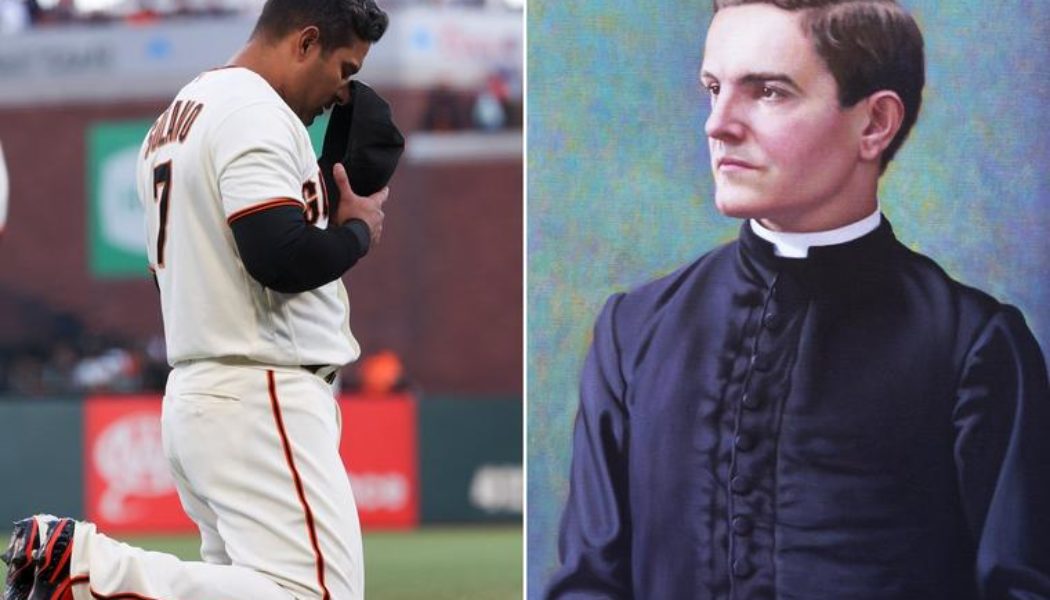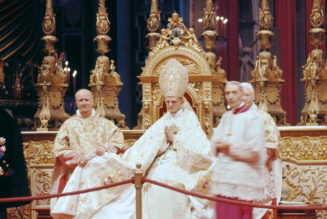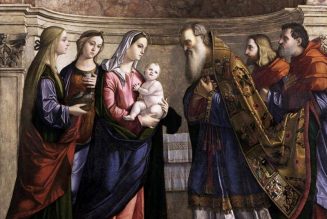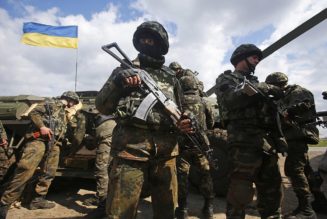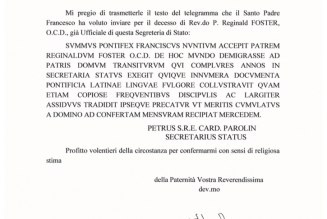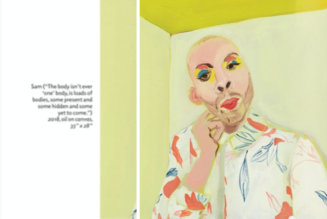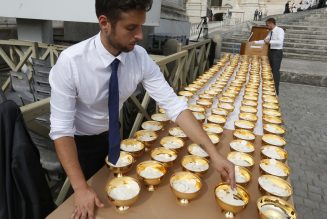
Blessed Michael McGivney’s love for baseball was part of his mission to build faith, family and community — a legacy carried on by the Knights of Columbus today.
Baseball is a game known for its superstitions — and as the MLB playoffs begin Oct. 1, players will certainly be searching for an extra edge to beat their opponents en route to World Series glory.
Yet superstition is a “deviation” from true worship of God. However, invoking heavenly intercession is not. But who should Catholic ballplayers turn to for help during the stressful playoff push?
As of today, there is no official patron saint of baseball. St. Rita is often cited, not so much for her athletic prowess or love for the national pastime (since the 15th-century nun lived several hundred years before the game’s invention), but for her connection to the 2002 film, The Rookie.
While she is a powerful intercessor, Blessed Michael McGivney — a 19th-century Connecticut parish priest on the path to canonization — has more of a claim to the title of patron saint of baseball. After all, he played the game. Moreover, the order he founded, the Knights of Columbus (K of C), has used baseball as a tool for evangelization and charity. Additionally, some of the game’s mightiest heroes have been members — like Babe Ruth, Connie Mack, Nap Lajoie and Joe DiMaggio — who shaped the game into what it is today.
Baseball followed the Catholic priest throughout his life. While attending Our Lady of Angels Seminary at Niagara University, McGivney started in a game between Connecticut and New York seminarians where he batted clean-up, played left field and scored three runs. More significantly, he held the role of vice president for his squad, perhaps his first foray into founding and/or leading groups — skills he would implement when establishing the K of C in 1882.
As a parish priest, he organized baseball games at annual parish picnics in New Haven and Thomaston, Connecticut, and, quite possibly, served as the third-base coach for the local K of C council’s baseball club.
But baseball’s story, and eventual expansion, cannot be told without a tip of the cap to the K of C.
During the late 19th century, Catholic immigrants endured discrimination, often taking the most dangerous jobs for little pay. This reality was an impetus for Father McGivney to found the fraternal organization. Meanwhile, baseball — which was still in its infancy — became an early avenue of assimilation for Catholics; for the K of C, baseball presented an opportunity to build fraternity among the fledgling order with councils forming clubs and leagues across the country.
By World War I, the K of C’s relationship with baseball transformed. The game was a “creature comfort” for the millions of Americans in Western Europe and stationed around the world. Asking for baseball gear, the Catholic order obliged, sending thousands of balls and baseball equipment, and even Major League stars like Hall of Famer Johnny Evers (also a Knight), so much so that 5,000 games were played daily with outfits furnished to soldiers by the K of C. This charitable outreach even benefited Black soldiers during a period when the U.S. military was still segregated.
Throughout the 20th and 21st centuries, baseball became a common means for the K of C’s charitable work. Councils have hosted baseball clinics; sponsored Little League and special needs teams; and constructed and maintained ballfields worldwide. Just this past July, Michigan Knights raised $60,000 to build a ballfield, named “McGivney Field,” for special needs athletes.
Meanwhile, with Babe Ruth, the K of C fundraised to rebuild St. Mary’s Industrial School in Baltimore after a devastating fire and held numerous exhibition games, including one that supported a Christmas charity fund in California, among other causes. These exhibition games, part of the Great Bambino’s barnstorming tours in the 1920s and 30s, not only served those most in need, but also grew the game’s popularity by bringing professional ballplayers to parts of the United States and Canada that did not have MLB teams.
And if this were not enough, the K of C’s mark on the national pastime extended to owning the land on which Yankee Stadium sat between the mid-1950s to 1971 to help bolster Father McGivney’s mission to assist “widows and orphans at the time of their distress,” according to then-Supreme Knight Luke Hart in 1954.
Yet this mighty work — explored in the Blessed Michael McGivney Pilgrimage Center’s online exhibit “K of C Baseball: An American Story” — stems from Father McGivney’s charism. He, and the organization he founded, recognized that the national pastime was more than a child’s game: baseball was a way to live out the corporal works of mercy and the Catholic faith.
Moreover, baseball has taught players, old and young, the value of nurturing our talents through hard work, while learning about the importance of sportsmanship, fraternity and striving toward a higher goal. These values are instrumental in our own spiritual lives.
So, for Catholic ballplayers in the majors to Little League, in slumps both on the diamond and in the spiritual life, don’t turn to superstition. Turn to Father McGivney — a heavenly intercessor whose love for the game continues to shine forth through the decades.
